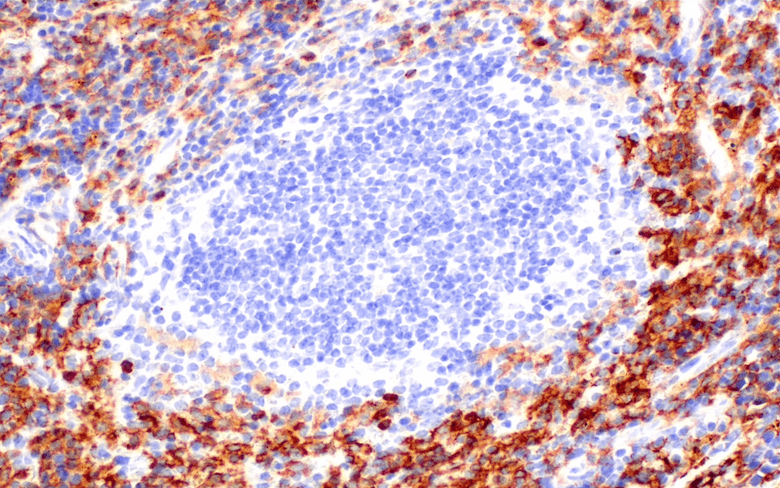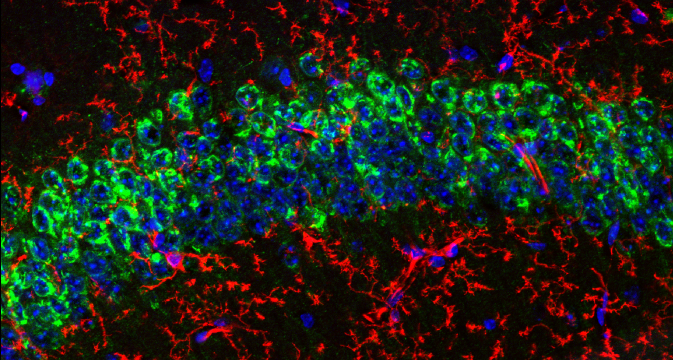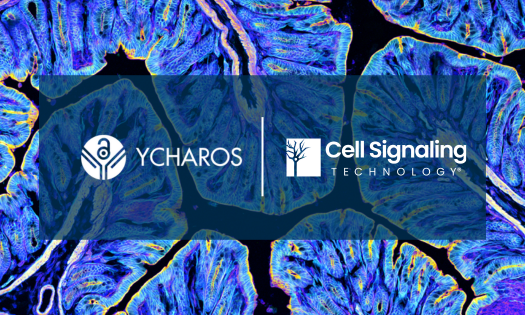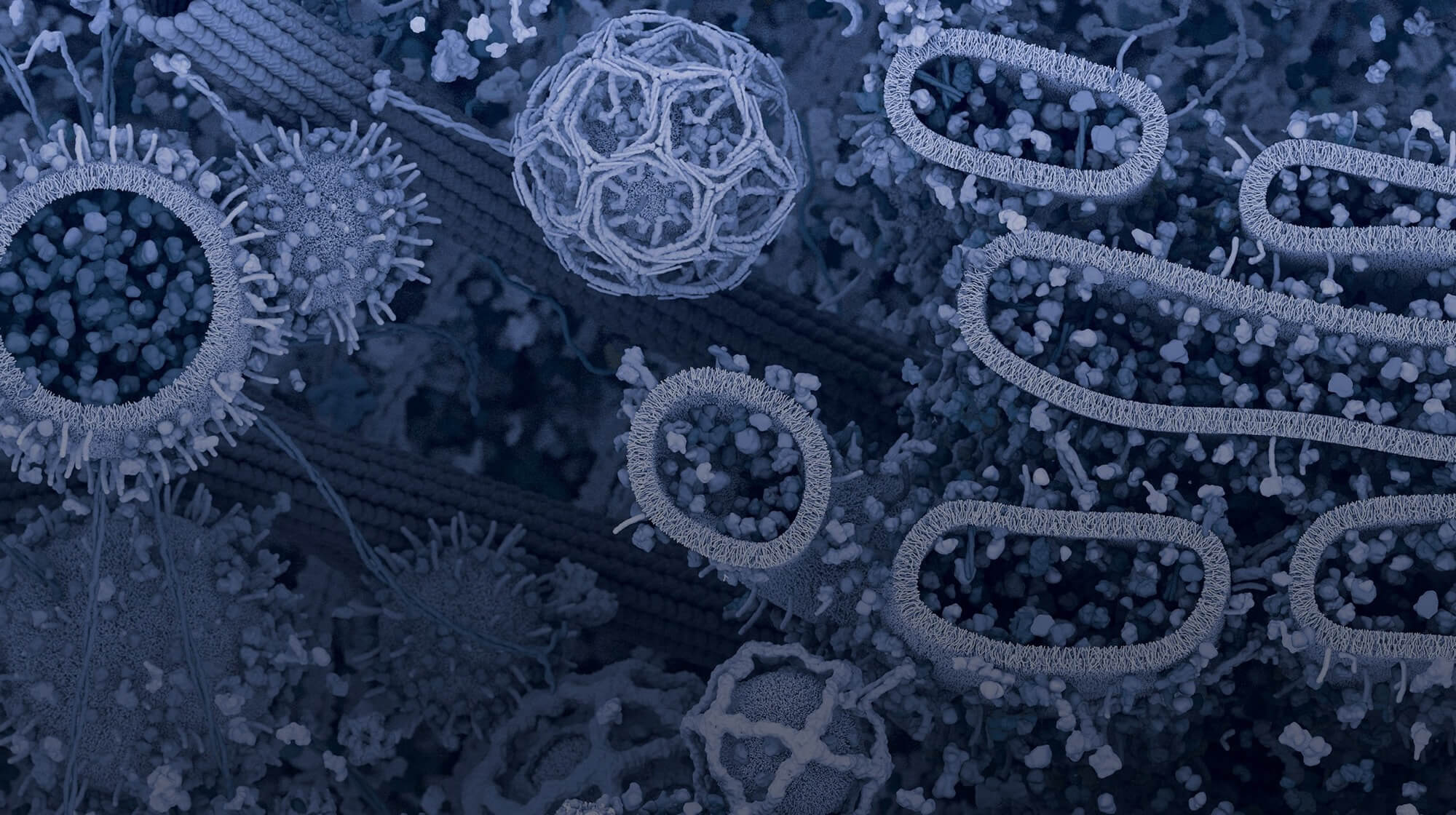The highly contagious severe acute respiratory syndrome coronavirus-2 or SARS-CoV-2 is the cause of the global COVID-19 pandemic that has infected over 141 million people and caused over 3 million deaths worldwide (Johns Hopkins University). A close relative to SARS (79% genetic similarity) COVID-19 infection is often asymptomatic, however, in susceptible individuals it can cause respiratory distress, inflammation, multi-organ failure, and death.
The SARS-CoV-2 virus gains entry to the host cell by binding to the host’s angiotensin-converting enzyme 2 or ACE2 receptor on the cell surface via its spike protein (S). The serine protease TMPRSS2 cleaves the S protein, allowing the virus to fuse with lysosomal membranes. Following productive infection, the viral RNA is transcribed into 2 polyproteins: ORF1a and ORF1ab, which form the viral replication/transcription complex. Virally encoded proteases process the polyproteins into 16 proteins that function to produce viral RNA and aid in immune system evasion. Covid-19 produces four key structural proteins: S, the spike protein, E, the envelope protein, M, the membrane protein, and N, the nucleocapsid protein.
Work from Bouhaddou et al shows that COVID-19 infection results in the activation of the host's cellular kinases casein kinase ll (CK2) and p38MAPK, cytokine production, and inhibition of mitotic kinase activity and cell cycle arrest. Further proteomic analysis detected 49 sites of phosphorylation on 7 viral proteins in a COVID-19 infected Vero cell model. Research by Gordon et al using protein-protein interactome data found that 27 viral proteins potentially interact with 332 human proteins.
To better detect and quantify changes in the host and viral proteomes in human cells following COVID-19 infection, Cell Signaling Technology has created the unique SignalScan assay. The assay is designed to trigger the identification of 25 tryptic peptides in a targeted LC-MS/MS analysis. The SignalScan Peptide Mix contains tryptic peptides, heavy-labeled on 13C and 15N, that are derived from COVID-19 and host human proteins. These stable isotope standard (SIS) peptides, combined with high mass-accuracy mass spectrometry, ensure the native host and viral peptides are identified. The assay allows you to unambiguously identify and quantify the endogenous versions of these peptides. This assay allows the detection of key viral spike and nucleocapsid proteins, as well as infection-stimulated host immune response proteins interferons alpha and beta. Importantly, the assay targets the post-translationally modified forms of the peptides derived from Jak1 and Stat1, and the Toll-like receptor (TLR), critical components of the host's immune response.
This mixture contains 96 pmol each of 25 heavy-labeled (13C, 15N) Stable Isotope Standard (SIS) peptides, quantified by amino acid analysis (AAA). The inclusion of SIS peptides enhances the sensitivity of the LCMS assay by acting as a trigger for targeted MS/MS analysis. Targeted assays ensure that peptides present in the biological sample of interest are consistently observed and sensitivity is maximized. SIS-assisted scanning provides the sensitivity of a parallel reaction monitoring (PRM) assay without the use of rigid retention time windows. This targeted method allows a detailed and quantitative interrogation of a COVID-19 infection at the protein and protein-PTM level. The SignalScan technology bridges the gap between PCR-based detection of COVID-19 infection and uncovering the molecular signature of a productive infection and the host immune response.
Learn more about SignalScan™ technology.
Select References
- Gordon, D.E., Jang, G.M., Bouhaddou, M., Xu, J., Obernier, K., White, K.M., O’Meara, M.J., Rezelj, V.V., Guo, J.Z., Swaney, D.L., et al. (2020). A SARS- CoV-2 protein interaction map reveals targets for drug repurposing. Nature. Published online April 30, 2020.
- Bouhaddou et al., 2020, Cell 182, 685–712 August 6, 2020 a 2020 Elsevier Inc.






